How Do You Focus A Telescope?
Focusing a telescope is a fundamental skill for any amateur astronomer or stargazing enthusiast. Whether you are a beginner or have some experience, understanding how to properly focus your telescope can significantly enhance your viewing experience. In this article, we will delve into the various aspects of focusing a telescope, covering different types of telescopes, common issues, and practical tips to achieve the best possible clarity.
Understanding the Basics
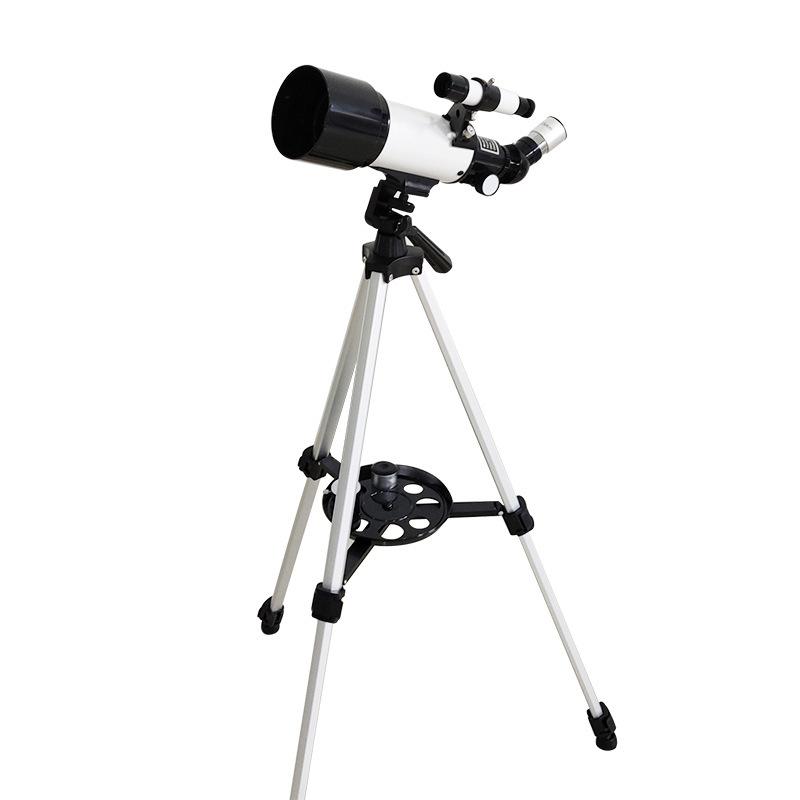
Before diving into the specifics, it's essential to understand the basic components involved in focusing a telescope. The primary parts include the eyepiece, the focuser, and the optical tube assembly (OTA). The eyepiece is where you look through, the focuser is the mechanism that adjusts the distance between the eyepiece and the primary mirror or lens, and the OTA houses the primary optical components.
Types of Telescopes
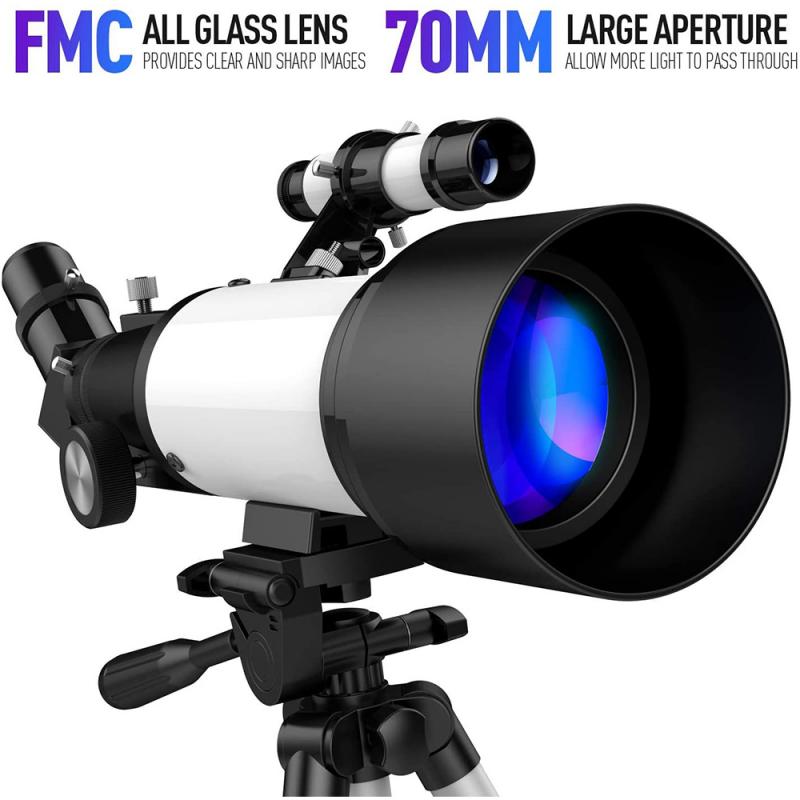
There are three main types of telescopes: refractors, reflectors, and compound (or catadioptric) telescopes. Each type has its own focusing mechanism, and understanding these differences is crucial for effective focusing.
1. Refractor Telescopes: These use lenses to gather and focus light. The focuser is usually a rack-and-pinion or Crayford type, which moves the eyepiece closer or further from the objective lens.
2. Reflector Telescopes: These use mirrors to gather and focus light. The focuser in reflectors is similar to that in refractors but is positioned differently due to the optical design.
3. Compound Telescopes: These use a combination of lenses and mirrors. The focusing mechanism often involves moving the primary mirror to adjust the focal length.
Steps to Focus a Telescope
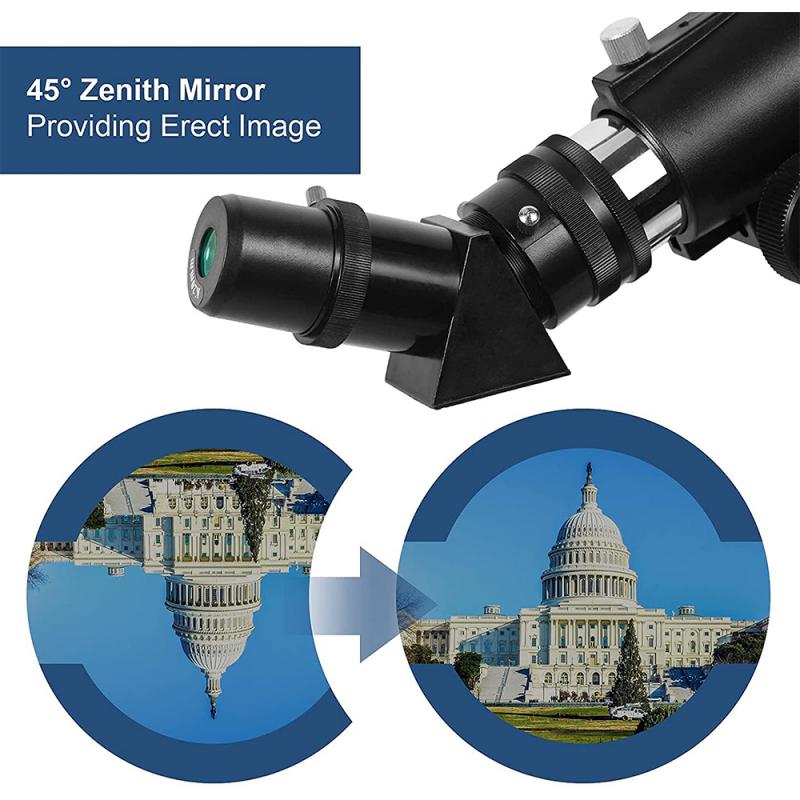
1. Initial Setup
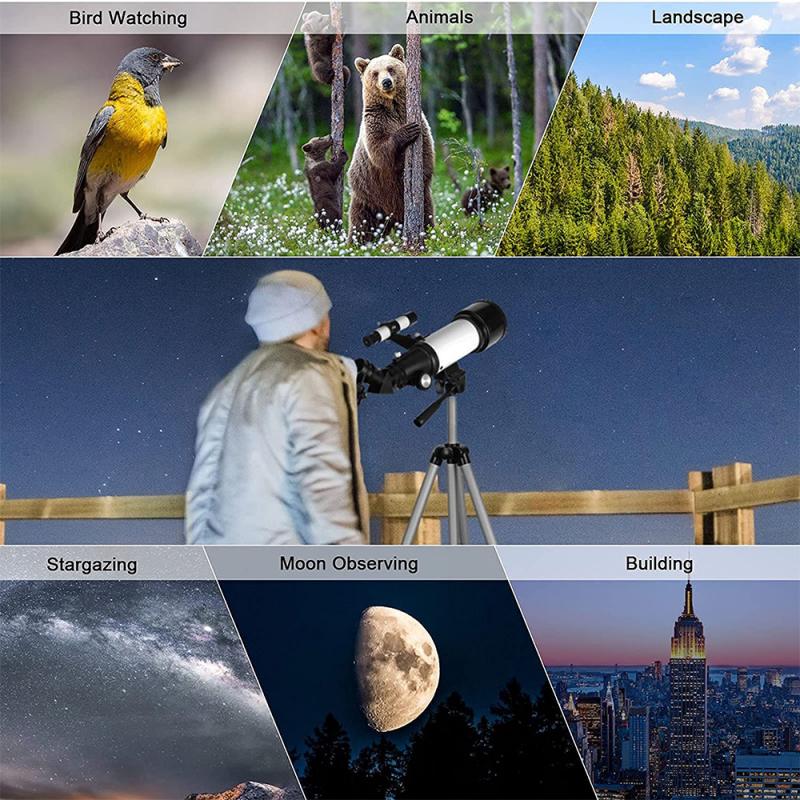
- Stabilize the Telescope: Ensure your telescope is on a stable surface or tripod. Any movement can make focusing difficult.
- Align the Finderscope: Before focusing on your main target, align the finderscope with the main telescope. This helps in locating objects more easily.
2. Choosing the Right Eyepiece
- Start with a Low-Power Eyepiece: Begin with a low-power eyepiece (higher focal length) as it provides a wider field of view, making it easier to locate and center your target.
- Switch to Higher Power: Once the object is centered, switch to a higher-power eyepiece (lower focal length) for more detailed viewing.
3. Focusing Mechanism
- Adjust the Focuser: Slowly turn the focuser knob to bring the object into view. If the image is blurry, continue adjusting until it becomes sharp.
- Fine-Tuning: Some telescopes have a fine-focus knob for more precise adjustments. Use this to achieve the best possible clarity.
Common Issues and Solutions
1. Blurry Images
- Check Collimation: For reflector and compound telescopes, collimation (alignment of mirrors) is crucial. Misaligned mirrors can cause blurry images.
- Atmospheric Conditions: Turbulence in the atmosphere can affect image clarity. Viewing on nights with stable atmospheric conditions can help.
- Dirty Optics: Ensure that the lenses and mirrors are clean. Dust and smudges can degrade image quality.
2. Difficulty in Focusing
- Mechanical Issues: Check if the focuser mechanism is functioning smoothly. Lubricate if necessary.
- Eyepiece Quality: Low-quality eyepieces can make focusing difficult. Investing in better eyepieces can improve your experience.
Advanced Tips
1. Use a Barlow Lens
A Barlow lens can increase the magnification of your eyepieces, allowing for more detailed views. However, it also makes focusing more challenging, so use it once you are comfortable with basic focusing.
2. Electronic Focusers
For those who want to take their stargazing to the next level, electronic focusers can provide precise control over the focusing mechanism. These are especially useful for astrophotography.
3. Focusing Masks
Bahtinov masks are tools that help achieve perfect focus, especially useful for astrophotography. They create diffraction patterns that make it easier to determine the exact focus point.
Practical Applications
1. Observing Planets
When observing planets, achieving sharp focus is crucial to see details like the rings of Saturn or the moons of Jupiter. Start with a low-power eyepiece to locate the planet, then switch to a higher power for detailed observation.
2. Deep-Sky Objects
For deep-sky objects like galaxies and nebulae, a low-power eyepiece is often more effective. These objects are faint and require a wider field of view to appreciate fully.
3. Astrophotography
Focusing for astrophotography is more demanding than visual observation. Use tools like focusing masks and electronic focusers to achieve the best results. Always check focus periodically, as temperature changes can affect it.
Focusing a telescope is a skill that improves with practice and patience. By understanding the different types of telescopes and their focusing mechanisms, you can troubleshoot common issues and apply advanced techniques to enhance your viewing experience. Whether you are observing planets, deep-sky objects, or engaging in astrophotography, mastering the art of focusing will open up a universe of possibilities. Happy stargazing!


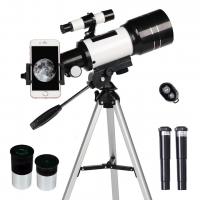
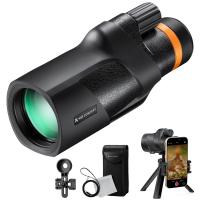
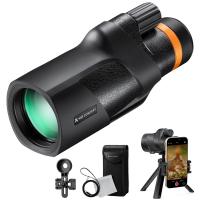
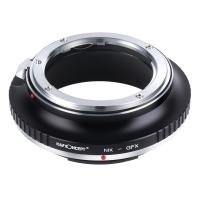
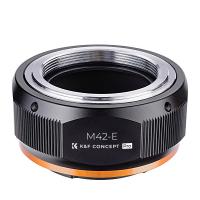
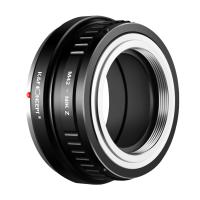
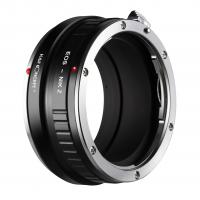
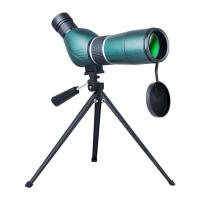
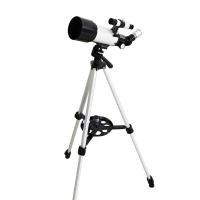
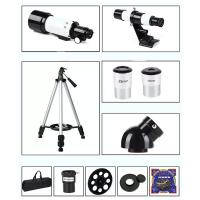
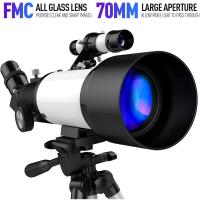


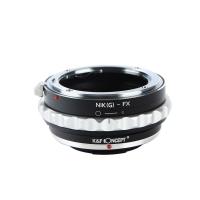
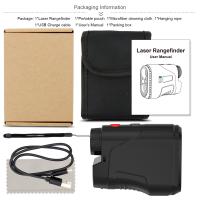
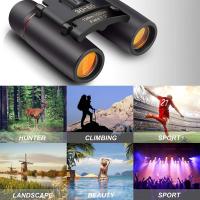


There are no comments for this blog.